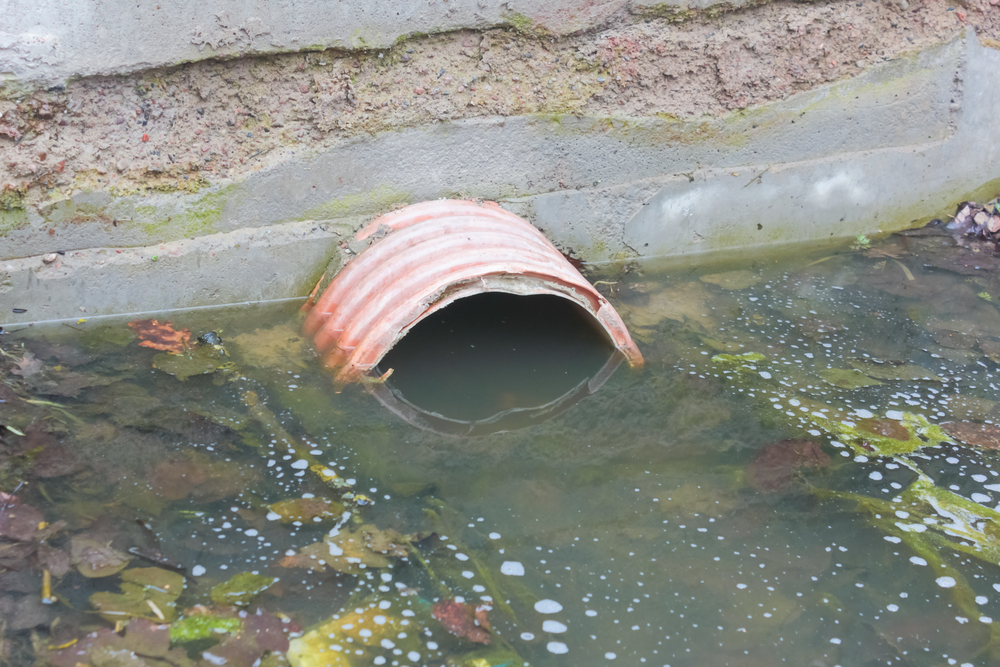The Dangers of Stormwater Runoff
Stormwater runoff is rainfall that runs off the ground or surfaces such as roads and buildings, flowing into natural or manmade drainage systems. Stormwater systems exist to bring rainwater from our streets to our closest waterways.
In some cases, there are traps that filter the water before it enters waterways, but unlike sewage, this isn’t always the case. Most of the time, stormwater will flow directly into rivers, creeks, lakes, wetlands, bays or the ocean.
What’s Dangerous about Stormwater?
Stormwater is one of the leading causes of water pollution. When it rains heavily, water runs off surfaces and collects pollutants like oil, litter, sediments, bacteria, pesticides and other commercial and household chemicals. These are then deposited into our waterways, killing aquatic life and making these environments an unhealthy place to live, play and work in.
In some cases, untreated stormwater can result in the contamination of our drinking water supplies. Other times, it can have a significant impact on commercial and recreational activities by resulting in prohibitions on swimming, fishing, boating and other aquatic activities.
Common Stormwater Pollutants
The most common pollutants found in stormwater include:
- Chemical pollution – e.g. oil, grease, detergent, fertiliser
- Litter – e.g. plastic bags, food wrappers, cigarette butts
- Sediment pollution – e.g. runoff from construction sites and soil erosion
- Organic pollution – e.g. leaves, animal droppings, animal carcases
The severity of stormwater pollution can increase depending on the intensity of the rain, building density/how populated the area is, how clean or well maintained the street is, and the level of vegetation coverage.
Natural attributes about the area can also influence the risk of pollution, such as how the land slopes and the dimensions of the waterway (if all the stormwater from a populated area is flowing into a single, small lake, the risk of pollution would be far greater).
How to Prevent Stormwater Pollution
Everyone from local residents to local businesses has a responsibility to limit pollutants entering our waterways. However, local councils are ultimately responsible for controlling and maintaining stormwater systems and should take the initiative to protect sensitive water environments. OLEOLOGY’s flexible, diverse and effective MyCelx products can help councils treat stormwater around Australia and New Zealand.
The City of Stirling, for example, contacted OLEOLOGY to help them mitigate the risk of stormwater contamination to Perth’s biggest lake. The City of Pinjarra installed MyCelx stormwater treatment pits to capture hydrocarbons before the water enters the river. The City of Perth, meanwhile, has installed MyCelx media throughout drains and tree bases in the city to prevent water and soil pollution.
OLEOLOGY Stormwater Treatment Technology
Stormwater pollution can have a serious impact on the local community and environment. Get in touch with OLEOLOGY today for a custom designed solution to prevent stormwater pollution to your local environments.
For more information, call us today on 1300 692 359 or contact us online.



